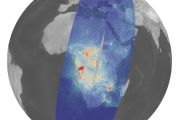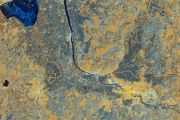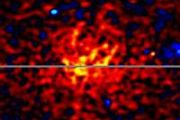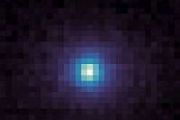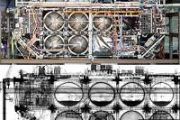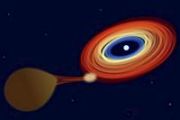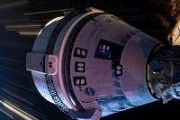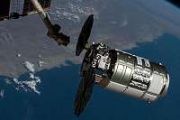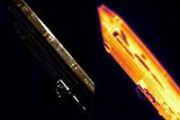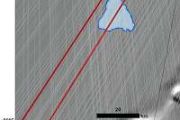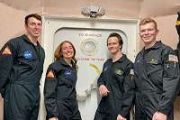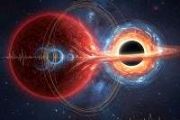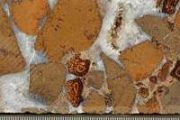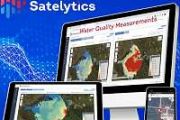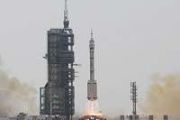
Copernical Team
NASA Announces 60 Teams for 2022 Student Launch Competition
 NASA has announced the 60 teams from 22 states and Puerto Rico selected to compete in the 2022 Student Launch - one of seven Artemis Student Challenges. The nine-month challenge, managed by NASA's Southeast Regional Office of STEM Engagement and held at Marshall Space Flight Center in Huntsville, Alabama, provides a realistic experience for middle school, high school, and college students to fol
NASA has announced the 60 teams from 22 states and Puerto Rico selected to compete in the 2022 Student Launch - one of seven Artemis Student Challenges. The nine-month challenge, managed by NASA's Southeast Regional Office of STEM Engagement and held at Marshall Space Flight Center in Huntsville, Alabama, provides a realistic experience for middle school, high school, and college students to fol NASA announces astronaut changes for upcoming Commercial Crew Missions
 NASA has reassigned astronauts Nicole Mann and Josh Cassada to the agency's SpaceX Crew-5 mission to the International Space Station as part of the Commercial Crew Program. Mann and Cassada will serve as spacecraft commander and pilot, respectively, for the Crew-5 mission. Additional crew members will be announced later.
Crew-5 is expected to launch no earlier than fall 2022 on a Falcon 9
NASA has reassigned astronauts Nicole Mann and Josh Cassada to the agency's SpaceX Crew-5 mission to the International Space Station as part of the Commercial Crew Program. Mann and Cassada will serve as spacecraft commander and pilot, respectively, for the Crew-5 mission. Additional crew members will be announced later.
Crew-5 is expected to launch no earlier than fall 2022 on a Falcon 9 Can we ever be safe in space
 Science fiction, which is perhaps more popular than it has ever been, would lead us to believe that space colonization is just a matter of time. The reality, however, is not as promising. The environment that awaits us outside of Earth's atmosphere, even when subjected to our most advanced technology, is brutal and forbidding.
There is a long list of dangers associated with space that are
Science fiction, which is perhaps more popular than it has ever been, would lead us to believe that space colonization is just a matter of time. The reality, however, is not as promising. The environment that awaits us outside of Earth's atmosphere, even when subjected to our most advanced technology, is brutal and forbidding.
There is a long list of dangers associated with space that are Highly porous rocks are responsible for asteroid Bennu's surprisingly craggy surface

Scientists thought asteroid Bennu's surface would be like a sandy beach, abundant in fine sand and pebbles, which would have been perfect for collecting samples. Past telescope observations from Earth's orbit had suggested the presence of large swaths of fine-grain material called fine regolith that's smaller than a few centimeters.
But when the spacecraft of NASA's University of Arizona-led OSIRIS-REx asteroid sample return mission arrived at Bennu in late 2018, the mission team saw a surface covered in boulders.
Where Earth's water comes from, preparing for DART impact and other lessons from space

Two NAU astronomers presented groundbreaking research at the annual meeting of the Division for Planetary Sciences, a branch of the American Academy of Sciences.
Where does Earth's water come from?
A Northern Arizona University researcher who studies active asteroids, which are rare asteroids with comet-like tails, presented groundbreaking research today at the annual meeting of the Division for Planetary Sciences, a branch of the American Academy of Sciences.
Colin Chandler, a doctoral student in the Department of Astronomy and Planetary Science at Northern Arizona University and recipient of the NSF Graduate Research Fellowship, presented "Recurrent activity from a Main Belt Comet."
Active asteroids hold clues about the origins of water on Earth and where water can be found today in the solar system. Fewer than 30 of these objects have been discovered since 1949. Most recently, asteroid (248370), also known as 2005 QN173, was found to be active on July 7. Chandler began digging into historical astronomical data to learn more about the object's past, and he and co-authors Chad Trujillo of NAU and Henry Hsieh of the Planetary Science Institute discovered an image from July 2016 that showed the object with a long, thin tail.
NASA Sets Coverage, Invites Public to Virtually Join Lucy Launch
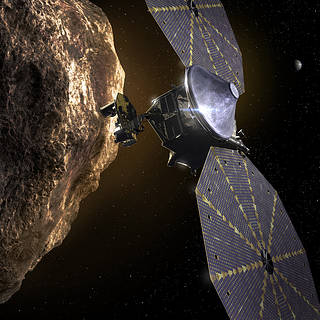 NASA will provide coverage of upcoming prelaunch and launch activities for Lucy, the agency’s first mission to explore the Jupiter Trojan asteroids.
NASA will provide coverage of upcoming prelaunch and launch activities for Lucy, the agency’s first mission to explore the Jupiter Trojan asteroids. NASA spacecraft takes a picture of Jupiter … from the Moon

You may know the feeling of seeing Jupiter through your own telescope. If it gives you the chills—like it does for me—then you'll know how the team for the Lunar Reconnaissance Orbiter felt when they turned their spacecraft around—yes, the orbiter that's been faithfully circling and looking down at the Moon since 2008—and saw the giant planet Jupiter with their camera. If you zoom in on the picture, you can even see Jupiter's Galilean moons.
Usually, LRO takes stunning, high-resolution images of the lunar surface, including details of the Apollo landing sites. But recently, the LRO team used some high-powered calculations and precise timing to use its Lunar Reconnaissance Orbiter Camera (LROC) to scan the area of the sky where Jupiter was going to be, about 600 million km away.
They hit the jackpot.
While it's not Hubble Space Telescope quality, the fact this image was taken from a spacecraft orbiting 100 km above the lunar surface is a true feat of engineering.
"We took a pic of Jupiter from the Moon last month," said LRO team member Brett Denevi on Twitter.
Satellite models to strike a pose for competing AIs
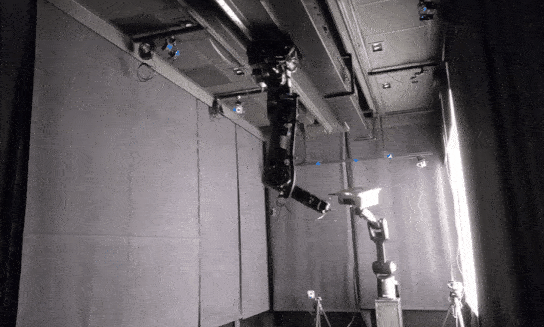
Movie special effects fans like to debate CGI versus traditional model effects – an issue about which competing AIs will soon gain direct experience. Trained upon computer-generated images of satellites, AIs will go on to judge the position and orientation of realistic mockups snapped in space-like lighting conditions.
A step toward making GPS more resilient to space weather

Societies around the world now depend on satellite-based navigation systems, such as GPS, for a multitude of applications, including transportation, agriculture, military munitions, emergency services, and social networking, among others.
Spire Global and SpaceChain announce new partnership
 Spire Global has entered into a new partnership with SpaceChain, a global space-as-a-service solutions provider developing the world's first decentralized satellite infrastructure (DSI). Together, Spire and SpaceChain are launching a mission to demonstrate the feasibility of blockchain technology computation in space and resolve land-based centralized infrastructure issues.
Many in the blo
Spire Global has entered into a new partnership with SpaceChain, a global space-as-a-service solutions provider developing the world's first decentralized satellite infrastructure (DSI). Together, Spire and SpaceChain are launching a mission to demonstrate the feasibility of blockchain technology computation in space and resolve land-based centralized infrastructure issues.
Many in the blo 






